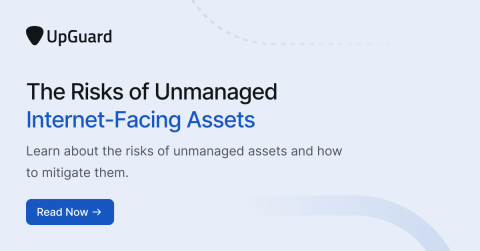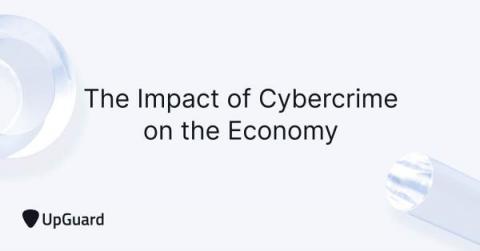My Vendor Doesn't Have a SOC Report, How Do I Assess Them?
Though very helpful in representing the efficacy of a service provider’s third-party risk management program, SOC reports aren’t always available. Some service providers either don’t have the budget for a SOC report or are unwilling to undergo the laborious process of an SSAE-18 audit. While a lack of a SOC report should raise alarm bells during the due diligence process, it shouldn’t necessarily result in the disqualification of a prospective vendor.











